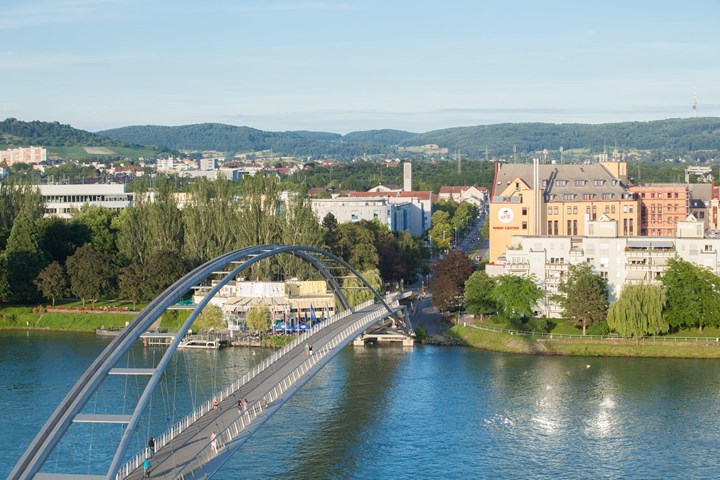Iraqi-British Architect Zaha Hadid (1950–2016) left a permanent mark on the field of architecture by her Architecture Philosophy. Her striking structures elegance the horizons of significant metropolitan urban areas. While her item plans, including furniture, jewelry, lighting, and shoes, can be found in homes the world over. The limit-pushing architect—seemingly the most acclaimed female architect of her time. She got various esteemed honors throughout her career, including the 2004 Pritzker Architecture Prize. The 2010 and 2011 Stirling Prize, the 2014 Design Museum Design of the Year Award for her Heydar Aliyev Cultural Center, and the 2015 RIBA Gold Medal. Here, archEstudy glances back at her stunning commitments to the field, from her advanced structures. For example, Beijing’s Galaxy Soho, the London Aquatics Center, and the Guangzhou Opera House, to her astonishing superyachts.

EDUCATION of Architect Zaha Hadid
Architect Zaha Hadid started her studies at the American University in Beirut, Lebanon, getting a four-year college education in mathematic. In 1972 she headed out to London to learn at the Architectural Association, a significant focus of reformist architectural thought during the 1970s. There she met the designers Elia Zenghelis and Rem Koolhaas. She teamed up as an accomplice at the Office of Metropolitan Architecture. Hadid set up her London-based firm, Zaha Hadid Architects (ZHA), in 1979.

Architect Zaha Hadid WORKS
Hadid’s first major constructed venture was the Vitra Fire Station (1989–93), Weil am Rhein, Germany. Made out of a progression of forcefully calculated planes, the structure looks like a fledgling in flight. Her other assembled works from this period incorporated a lodging venture for IBA Housing (1989–93) in Berlin. The Mind Zone show space (1999) at the Millennium Dome in Greenwich, London. The Land Formation One display space (1997–99) in Weil am Rhein. In every one of these undertakings, she further investigated her premium in making interconnecting spaces and a powerful sculptural type of architecture.




AWARDS –
In 2010 Hadid’s intensely creative plan for the MAXXI historical center of contemporary workmanship. She designed in Rome procured her the Royal Institute of British Architects (RIBA) Stirling Prize for the best structure by a British designer finished in the previous year. She won a second Stirling Prize the next year for a smooth structure. She considered for Evelyn Grace Academy, an auxiliary school in London. Hadid’s liquid undulating plan for the Heydar Aliyev Center, a social community that opened in 2012 in Baku, Azerbaijan. This structure won the London Design Museum’s Design of the Year in 2014.



Architect Zaha Hadid was the principal lady to acquire that grant—which judges designs in architecture, furniture, style, illustrations, item, and transportation—and the plan was the first from the design class. Her other striking works incorporated the London Aquatics Center worked for the 2012 Olympics; the Eli and Edythe Broad Art Museum, which opened in 2012 at Michigan State University in East Lansing, Michigan; and the Jockey Club Innovation Tower (2014) for the Hong Kong Polytechnic University.
Zaha Hadid Architecture philosophies
Hadid expressed that her architectural designs were not expected as an individual stamp on the world or a demonstration of pomposity. Or maybe, tending to 21st-century difficulties and openings is the foundation of Zaha Hadid’s style and manifestations.

Architecture, she asserted, “must add to society’s advancement and eventually to our individual and aggregate prosperity.” The structures conceived of her vision and the aggregate virtuoso of her firm Zaha Hadid Architects may here and there appear to be fantastical, victorious, and even somewhat noisy, however, they all come from architecture’s base capacity – to encourage and even perform regular day to day existence.

Discover more from archEstudy
Subscribe to get the latest posts sent to your email.






















